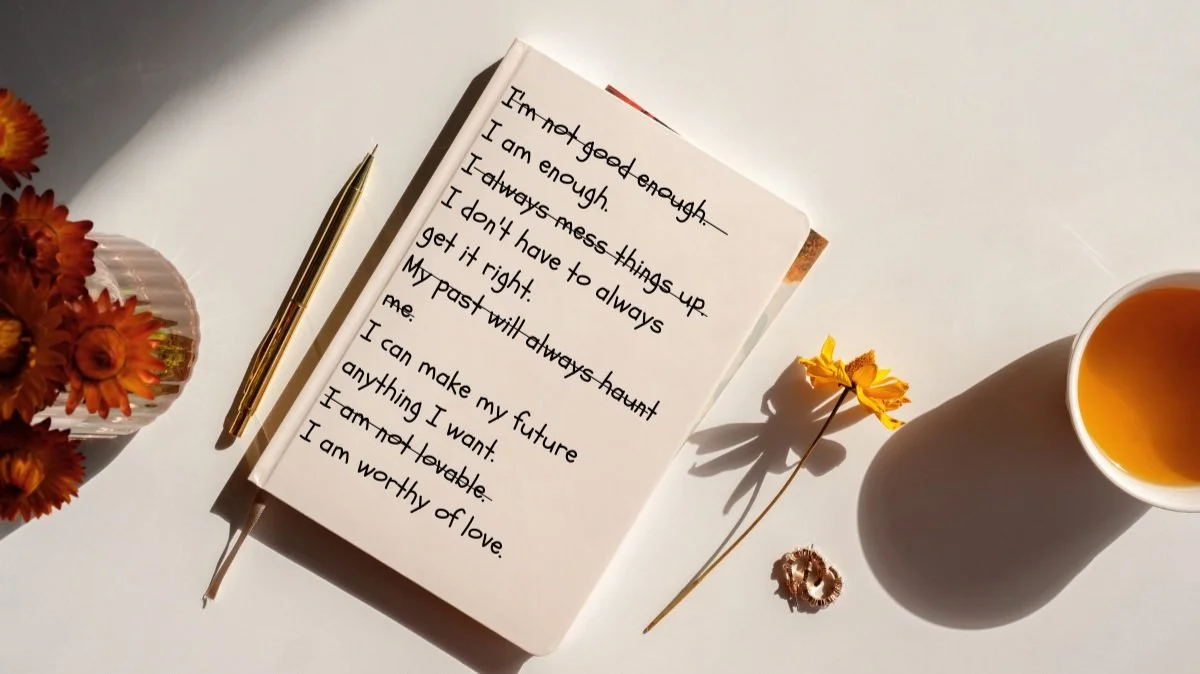3 Simple & Free Ways to Practice Self-Care
While self-care is frequently suggested as a necessary strategy to improving our well-being, it is often presented to us in a manner that implies we aren’t taking care of ourselves– when in reality, maybe we are doing the best we can, within the realm of what is possible at the time. Also, while self-care is encouraged by many, it is often the case that our specific and individual circumstances are not conducive to putting an effective self-care practice in place.
As a society, we have become all too familiar with self-care terminology, and may even be guilty of rolling our eyes when people remind us to put it into practice. While many of us see the benefits of doing so, a self-care practice can be difficult to maintain and infuse into our lifestyle amongst financial strain and limitations in ability to create space for ourselves amongst all the other responsibilities and challenges of our lives.
The term self-care has become so widely used that the larger and louder voices that speak to it as a wellness tool often lump costly and (sometimes) unrealistic approaches under its umbrella.
Approaches such as manicures and pedicures, spa services, living by an organic, whole-food-only diet, costly fitness memberships, and expensive wellness retreats-- while fabulous-- are not options for everyone. And they aren't the only way to practice self-care.
Likewise, while approaches like drinking wine, treating ourselves with a purchase, going out with friends, or complaining about our circumstances, are efforts of unwinding, or letting loose, they can sometimes lead to more distress. While those strategies may make us feel better in the moment, maybe now we’re hungover or have no energy, spent money we don’t have, or are having a harder time letting go of negative thoughts– all of which are consequences that leave us feeling worse in the end.
In this way, many widely utilized methods of self-care often don’t encompass whole-body, whole-person, nourishment causing us to sometimes feel unfulfilled rather than reinvigorated–even after engaging with an activity that is “supposed to make us feel better.”
Regardless of any constraints we function within, whether it be time, finances, locale, or physical ability– self-care is for everyone.
Here are three simple and accessible ways to practice whole-body, whole-person, self-care that touch upon, body, mind, and spirit:
1. CONNECT WITH YOUR BODY.
Our bodies act as a sponge to the activity around us. Whether we are conscious of it or not, our bodies soak in all the energy and sensory information of our environment and it becomes integrated into our experience.
Some of that energy gets stuck, causing us to feel various physical sensations that directly affect our thoughts and behaviors.
For example, if you’ve ever found yourself experiencing restlessness or tension in certain environments or around specific people, you might begin to feel anxious or irritable and respond in manners meant to reduce that discomfort. Maybe that means, leaving, yelling, or being abrupt and less patient.
Engaging in activities that connect us to our physical body can allow any stuck energy to move through us with the goal of returning to a state of groundedness.
FOCUS ON YOUR BREATH
Put your attention on the sensation of air coming in through your nose. Notice the sound it makes as you exhale. Notice the sensation of your lungs expanding with every breath in, and contracting– hugging your heart– as you breathe out.
Whether you choose to focus on your breath in a quiet space for a designated amount of time, or while going about your daily responsibilities, every slow, controlled, and intentional breath will slow your heart rate, which will directly decrease any excitability you might be experiencing.
Do more things that get you moving.
Look for opportunities to be more active.
Getting up and outside of the office, your bed, or your home requires your attention to be put on something else in front of you in order to complete the task. This takes the focus away from perpetuating thoughts and physical sensations that keep you stuck in a state of imbalance and restlessness as well as releases neurotransmitters that negate stress hormones. Activities that can be infused into your daily routine or life can be as simple as:
Going on extra walks with your dog— Bonus: Your dog will love it too!
Taking the stairs
Walking to get lunch or that mid-day cup of coffee
Playing with your kids at the park— It will help everyone feel more connected!
Being outside in nature
Taking a simple stretch break— don’t overcomplicate it.
2. PRACTICE KEEPING YOUR MIND ANCHORED IN HELPFUL THOUGHTS
Having one or two thoughts that anchor your mind when you notice it slipping into unhelpful stories can interrupt negative thought patterns and turn them on their head.
Just like our hearts are meant to beat and our lungs are meant to breathe, our minds are meant to think. And left to its own devices, the mind can stray into fear, worry, and negativity.
Hit the pause button on the tape playing in your mind and take a look at the words you are listening to yourself say:
Rather than having negative thoughts rattling around in your mind, it can be helpful to take those thoughts off repeat by writing them down and putting them out of your brain. Doing this can make those thoughts tangible where you are more able to inspect them rather than mindlessly believe them.
Tell yourself over and over the things you really need to hear:
After writing down your thoughts, ask yourself, “What does my heart and my spirit really need to hear?” Write your response down and put it where you will see it everyday until it becomes so anchored in your mind that you can remind yourself of those helpful thoughts automatically.
3. ENGAGE WITH THINGS THAT LIFT YOUR SPIRIT
Notice the things around you that excite and inspire you— and put your energy there.
As our roles, responsibilities, and circumstances change in life, opportunities to do the things that bring us joy change too. Sometimes to such an extent that it's not as possible to do those things anymore. In this case, we fall into the dreary and redundant trap of counting down the hours until we can do nothing– only to wake up again and do all the things we need to do– still not having the chance to do anything fulfilling for ourselves.
When we find ourselves in the position of staring down the same path day-in and day-out, we can develop a gloomy or pessimistic outlook. While we may not be able to change this path, we can change how we look at and relate to it:
Look for joy everywhere you go and if you don’t see it anywhere, ask yourself how you can create it in each moment.
Participate in conversations or communities that make you feel less alone and part of something bigger than yourself.
Hold on to things that offer you a sense of hope and faith and carry it with you throughout your day.
Remind yourself of all the things you are grateful for.
If you are in a position where you can do the things that bring you joy– do them. But make sure it's something that gets you off the couch and away from a screen, where you can feel connected to yourself and to others.
There is no right or wrong way to practice self-care and it will look different for everyone, but fundamentally it doesn't have to rely on approaches that exist outside of ourselves. Approaches to self-care that invite us to tap inward and match methods of taking care of ourselves to our current lifestyle and personal goals can empower us to believe in our innate ability to create positive growth and change amidst any challenge.
—|—
Thank you for being a presence for us, for yourself, and for others.
We are so glad you’re here.









